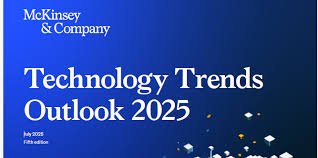McKinsey Technology Trends Outlook 2025: Shaping the Future of Business and Innovation
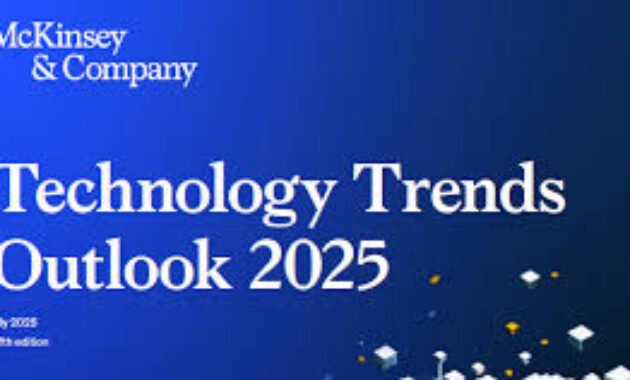
Prologue
The rapid evolution of technology continues to redefine industries, economies, and daily life. The McKinsey Technology Trends Outlook 2025 provides a forward-looking analysis of the most disruptive innovations that will influence market dynamics across the globe in upcoming years.
For business leaders, policymakers, and investors, understanding these trends is not just beneficial—it’s essential for maintaining a competitive edge. This report highlights key technological advancements, their potential impact, and actionable strategies for adoption.
We’ll walk you through the following in this complete guide
- The most influential tech trends of 2025
- Real-world applications across industries
- Implementation strategies for businesses
- Challenges and risks to consider
- Adapting to the Fast Pace of Digital Innovation
Key Technology Trends Driving 2025 and Beyond

McKinsey’s research identifies several groundbreaking technologies poised to transform industries. Below, we break down the most significant trends and their implications.
1. Artificial Intelligence (AI) and Generative AI

AI continues to dominate technological advancements, with generative AI (e.g., ChatGPT, Midjourney) leading the charge.
Key Developments:
- Hyper-personalization – AI-driven customer experiences in marketing, healthcare, and retail.
- Autonomous decision-making – AI-powered analytics for real-time business strategy adjustments.
- Ethical concerns – Bias mitigation, transparency, and regulatory compliance.
Industries Impacted:
✔ Healthcare (diagnostics, drug discovery)
✔ Finance (fraud detection, robo-advisors)
✔ Manufacturing (predictive maintenance, automation)
2. Quantum Technology: Unlocking the Next Era

Quantum computing is moving from theoretical research to practical applications, offering unprecedented computational power.
Potential Use Cases:
- Cryptography – Unbreakable encryption for cybersecurity.
- Pharmaceuticals – Accelerated molecular modeling for new drugs.
- Logistics – Optimization of complex supply chains.
Current Limitations:
- High costs and infrastructure requirements.
- Limited commercial scalability (still in R&D phase).
3. Advanced Connectivity (5G/6G and IoT Expansion)

The rollout of 5G and early developments in 6G are enabling faster, more reliable connectivity, fueling IoT growth.
Key Benefits:
- Smart cities – Traffic management, energy-efficient buildings.
- Autonomous vehicles – Real-time data processing for safer transportation.
- Industrial IoT (IIoT) – Enhanced automation in manufacturing.
Points of Concern
- Infrastructure investment requirements.
- Security vulnerabilities in connected devices.
4. Biotechnology and Genomics Revolution

Breakthroughs in biotech are transforming medicine, agriculture, and environmental sustainability.
Major Advances:
- CRISPR and gene editing – Curing genetic disorders, modifying crops.
- Personalized medicine – Tailored treatments based on DNA analysis.
- Lab-grown organs – Reducing transplant dependency.
Ethical Considerations:
- Regulatory frameworks for genetic modifications.
- Data privacy in genomic research.
5. Sustainable Technology and Green Energy

Climate change demands innovative solutions, and sustainable tech is at the forefront.
Emerging Solutions:
- Green hydrogen – Clean alternative to fossil fuels.
- Carbon Capture and Storage (CCS) – Minimizing Emissions from Industrial Activities
- Next-gen battery storage – Enhancing renewable energy efficiency.
Business Implications:
- ESG (Environmental, Social, Governance) compliance.
- Government incentives for green initiatives.
6. Web3 and Blockchain Evolution
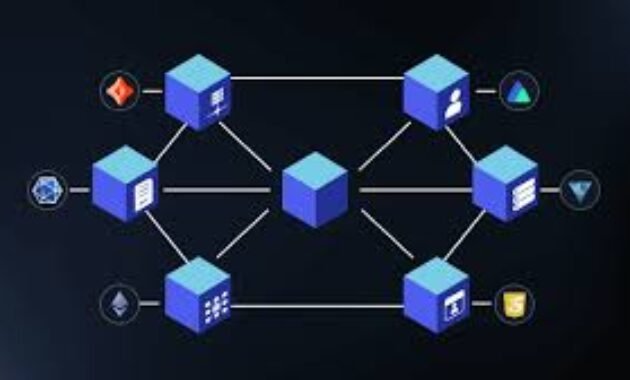
Beyond cryptocurrencies, blockchain is enabling decentralized systems across industries.
Key Applications:
- Decentralized Finance (DeFi) – Peer-to-peer lending, smart contracts.
- Digital identity verification – Secure, tamper-proof credentials.
- NFTs and the metaverse – New digital economies.
Regulatory Landscape:
- Evolving policies on crypto and digital assets.
- Fraud prevention in decentralized networks.
How Businesses Can Implement These Technologies

Adopting cutting-edge tech requires a structured approach. Here’s how organizations can integrate these trends effectively.
Step 1: Strategic Assessment
- Evaluate current tech infrastructure – Identify gaps and readiness.
- Define business objectives – Align tech adoption with company goals.
- Benchmark against competitors – Understand industry standards.
Step 2: Pilot Testing and Validation
- Start small – Implement controlled pilot projects.
- Measure KPIs – Assess performance before scaling.
- Iterate based on feedback – Refine solutions for efficiency.
Step 3: Full-Scale Deployment
- Train employees – Upskill teams for new technologies.
- Partner with tech providers – Leverage expert support.
- Monitor and optimize – Continuously improve systems.
Challenges and Risks in Adopting Emerging Tech
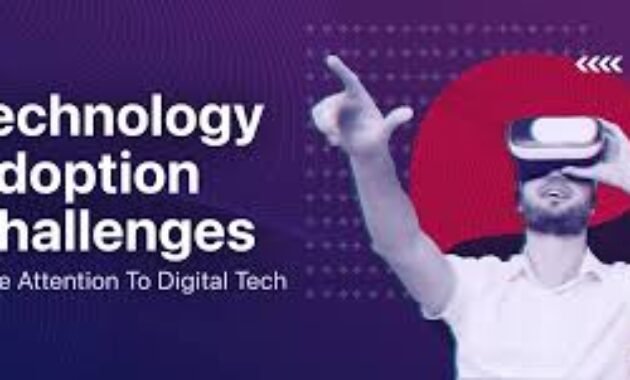
While opportunities abound, businesses must navigate potential obstacles:
1. High Cost of Adoption
- R&D investments, infrastructure upgrades, and talent acquisition require significant funding.
2. Cybersecurity Threats
- Increased connectivity raises risks of data breaches and cyberattacks.
3. Regulatory and Compliance Issues
- Governments are still shaping policies around AI, blockchain, and biotech.
4. Talent Shortages
- Demand for AI specialists, quantum scientists, and cybersecurity experts exceeds supply.
Who Should Leverage These Trends?
These innovations are critical for:
- Corporate leaders – Driving digital transformation.
- Entrepreneurial Ventures – Disrupting traditional markets.
- Investors – Identifying high-growth tech sectors.
- Public Sector Organizations Building smart, sustainable economies.
- Researchers – Pioneering next-gen solutions.
Charting the Path Forward: The Role of Technology in Tomorrow
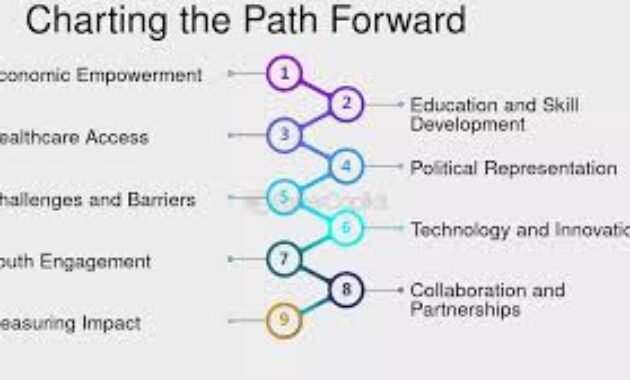
The McKinsey Technology Trends Outlook 2025 underscores a pivotal shift in how businesses and societies operate. Companies that proactively embrace AI, quantum computing, biotech, and sustainable innovations will lead the next wave of economic growth.
To stay competitive:
Stay informed – Follow industry reports and updates.
Invest in innovation – Allocate resources to R&D.
Build agile teams – Foster a culture of continuous learning.
The future belongs to those who adapt today. Is it time to get started?
Engage with Us:
What technology trend excites you the most? Share your thoughts in the comments! #TechInnovation #FutureTrends #DigitalTransformation

